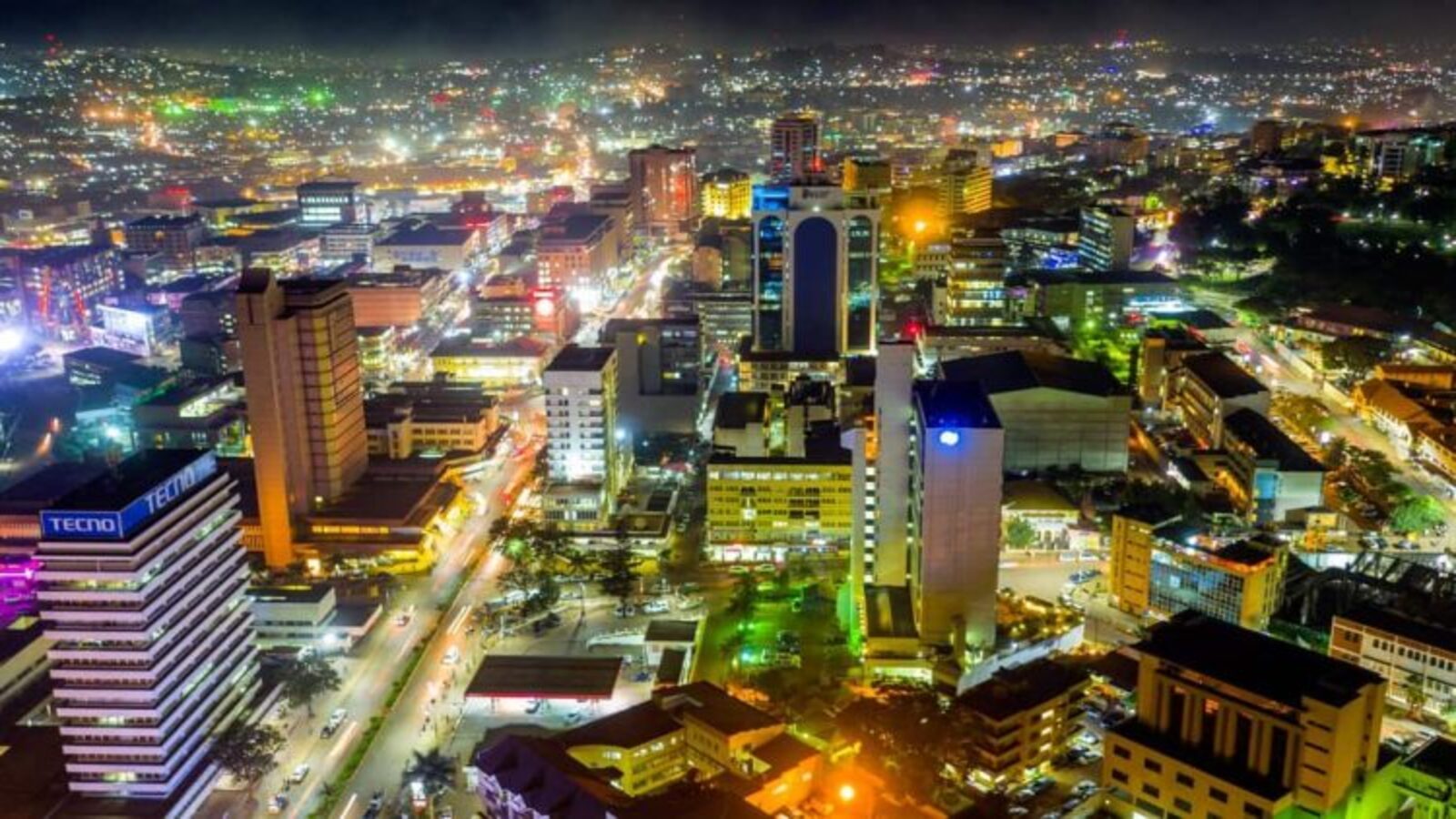Share
The capital of Uganda has undergone a focused effort over the past few years to become a smart city. The city of Kampala has taken on ambitious and forward-thinking projects that seek to use 4IR technology to boost productivity, digitise public services, and enhance the lives of its residents as a whole.
Five topics are supported by a five-year strategy plan that the National Planning Authority (NPA) adopted in October 2022: encouraging economic growth, quality of life, city resilience, governance and citizen involvement, and institutional capacity building. This plan will take numerous forms, including the construction of a traffic control center and the modernization of traffic light junctions. Just last year, the Kampala Capital City Authority (KCCA) collaborated with the private sector to install smart poles fitted with telecom gear and LED lights, building a platform for interconnectivity while also modernizing street infrastructure.
With the proper implementation and systems that make use of networks and data, Kampala might serve as the starting point for change and serve as the model for other cities in East Africa.
What distinguishes a “smart” city?
While the availability of ICT infrastructure is an important indicator of every city, a smart city employs ICT to improve the availability and caliber of public services while also enhancing operational efficiency. Smart cities have a keen awareness of urban planning, an infrastructure based on technology, and decision-making that depends on the capabilities and data output of that infrastructure. Solutions that have been implemented have an impact on urban activity as well as the expansion and development of urban areas.
Several smart cities can already be found in Africa, according to the IMD Smart City Index Report for 2023. These include Nairobi, Cape Town, and Lagos, and the criteria for a smart city are based on civil structures such as government, mobility, activities, and possibilities for education and employment, as well as technologies appropriate to each of those structures.
Basic amenities and security were cited as priority areas for a city like Nairobi by survey respondents, which are comparable to Kampala’s goals for becoming a smart city and the deployment of necessary ICT infrastructure. However, we must first invest in the appropriate equipment and materials before we can begin to create smart cities.
IoT, edge computing, and data
The viability of smart cities has been significantly impacted by big data and the development of IoT. As a result of their ability to compile and analyze vast volumes of data from several sources, local agencies and officials are better equipped to understand the services and facilities they provide, as well as broader trends in citizen behavior that can be used to identify priority areas and create action plans. Following transmission via wired or wireless Internet connections, this data is subsequently saved in regional and local data centers with direct operator access.
Additionally, edge computing has a function. Smart cities should ideally be able to handle collected data at the source so that only the results of that calculation are transferred to a centralized location. By reducing the amount of data transmitted, this eases the load on networks.
digitalized government services
The public sector must raise the bar for digital consumer experiences in the same way that the private sector has. Trust is another factor to take into account. According to surveys, citizens who are pleased with the delivery of public services are more inclined than those who are not to trust governments in general. Public digital platforms and services must be safe at the same time, using security tools like firewalls to safeguard users, networks, and data.
How do digital public services appear? On a single, centralized digital platform, for instance, citizens can apply for an identity document or pay their taxes. This platform also serves as a customer gateway and information repository for government departments, allowing them to access and share the necessary data. Applications can be used by government officials to map densely populated areas and speed up emergency response times, therefore reducing crime.
Other software can enhance public transportation by giving users access to real-time commute times and alerting them to any delays. Finally, digital public channels can promote social interaction by strengthening a feeling of neighborhood and bringing urban residents together through a shared digital experience.

Although the supply of basic services may be the main goal, Uganda has the ability to make all of these use cases a reality. Initial steps include setting up the fundamental infrastructure, enabling Internet connectivity, and offering managed cloud services. A cohesive digital environment has the potential to advance digital transformation for Kampala and its residents.












